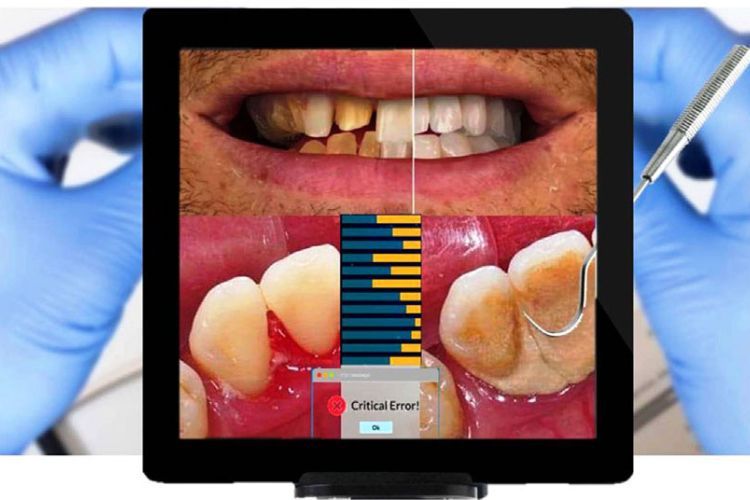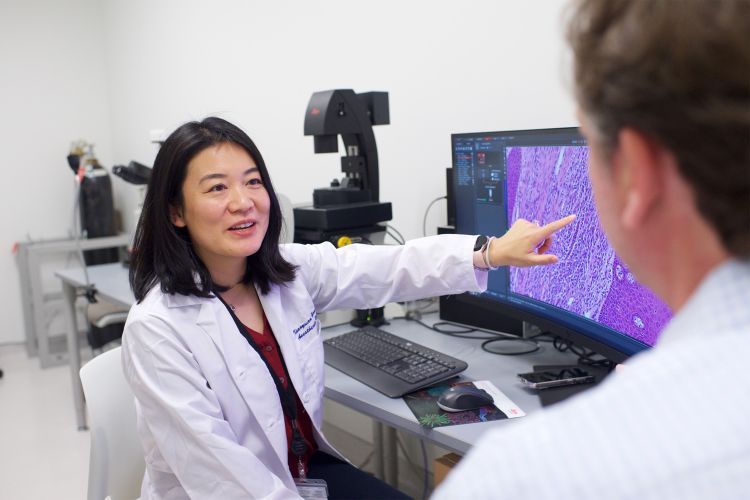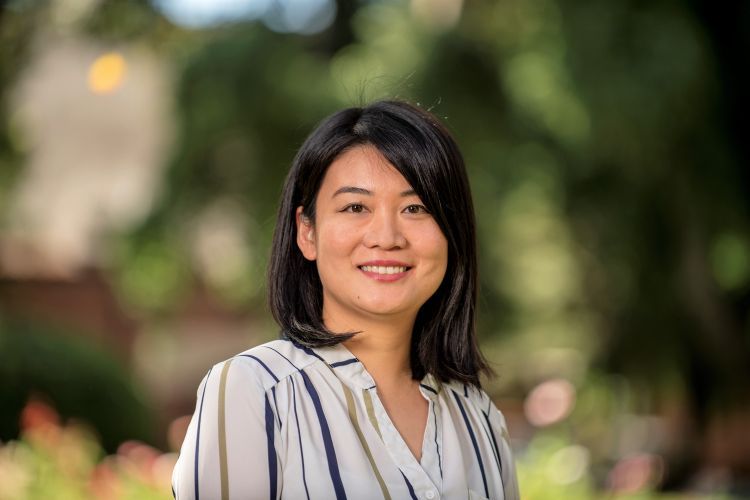Breadcrumb
Scoping review of artificial intelligence and immersive digital tools in dental education

Application of augmented reality (AR) in dental plaque detection, helping the dentist distinguish between tartar and the tooth surface. Using a Piezo Scaler, the dentist removes tartar and plaque from the patient’s enamel surface. The computer informs the dentist of a critical error when the instrument scrapes beyond the plaque areas
What is it?
Artificial intelligence (AI) and virtual reality are two exciting technologies with many current and potential uses; one of them being dental education.
What problem does it aim to solve?
There is a lack of information about how these new technologies can be used in dental education and how well it works.
How does it work?
Researchers conducted a literature review. Out of 2,377 initial articles retrieved, only 31 turned out to meet the criteria.
What are the real-world implications?
It appears that AI is not being taught or implemented widely in dental schools, although students express interest in learning. Virtual reality (VR), on the other hand is being used more widely in courses on anatomy, implantology, restoration, surgery and more. Some of the literature suggests that VR is enhancing the student learning experience and boosting confidence and understanding, but there are still unknowns and challenges.
“Conclusion: To our knowledge, there are very few comprehensive literature reviews identifying the applications and efficacy of virtual and AI-driven tools in dental education. With limited verifiable evidence, an improved understanding of virtual and AI domains is needed to enable dental students to adapt to changes within and beyond their dental training education.”
What are the next steps?
“To increase the scientific value of digital-related research, the scientific community must quickly define guidelines to enhance methodological approaches in order to effectively digitalize dentistry.”
Source
“Scoping review of artificial intelligence and immersive digital tools in dental education”, Journal of Dental Education, Volume 86, Issue 6, Pages 736 – 750, June 2022 https://is.gd/oyumos
Authors
Mohammad Ali Saghiri BS, MS, DEng, PhD
Biomaterial and Prosthodontic Laboratory, Department of Restorative Dentistry, Rutgers School of Dental Medicine
Department of Endodontics, University of the Pacific, Arthur A. Dugoni School of Dentistry
Julia Vakhnovetsky BS
Biomaterial and Prosthodontic Laboratory, Department of Restorative Dentistry, Rutgers School of Dental Medicine
Sector of Angiogenesis Regenerative Medicine, Dr. Hajar Afsar Lajevardi Research Cluster (DHAL)
Nader Nadershahi DDS, MBA, EdD
University of the Pacific, Arthur A. Dugoni School of Dentistry





